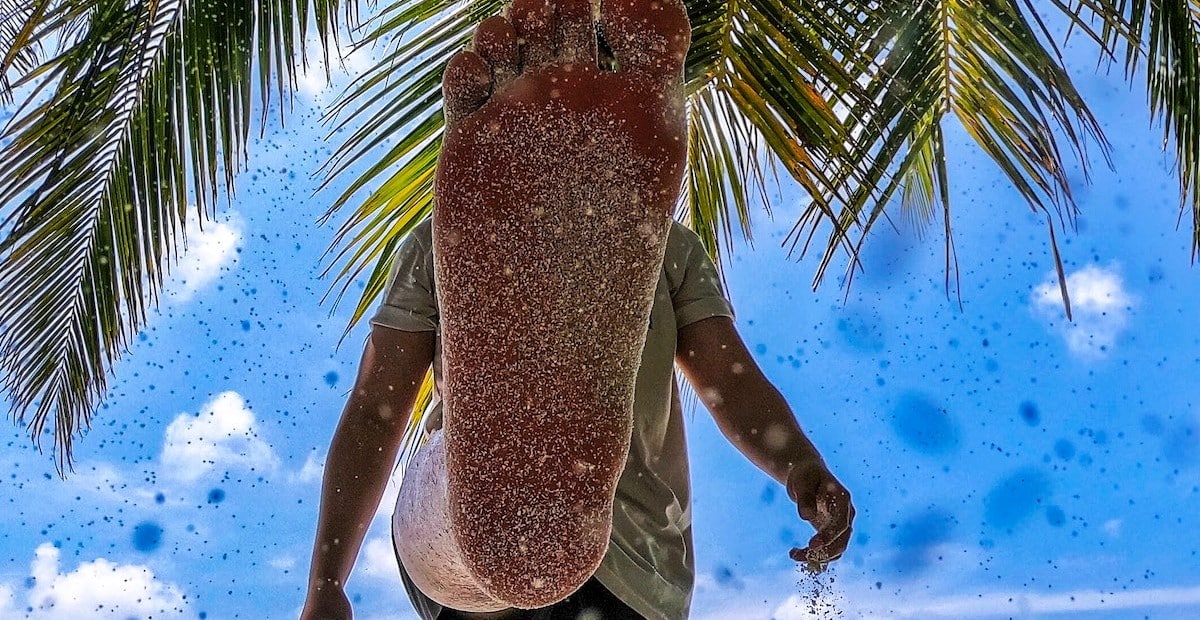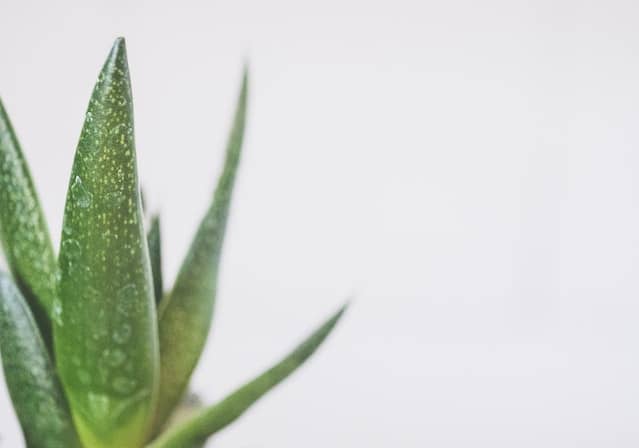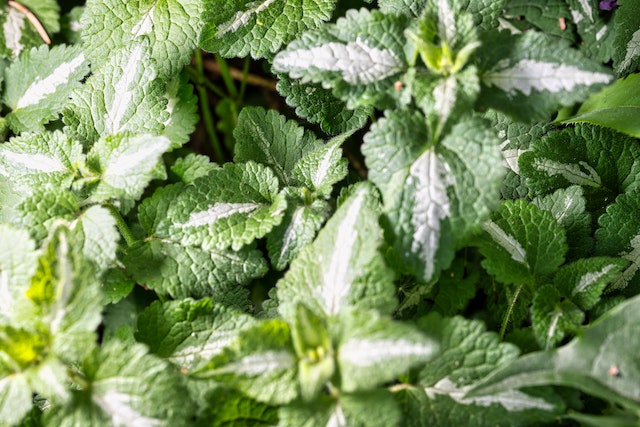
Friction blisters, blood blisters, rubbing alcohol, pure aloe vera gel… there’s a lot to run through so let’s do it.
Blisters are pesky enemies of us runners. The healing process can take annoyingly long, and the methods you use to try and prevent them can fail to work at all. Petroleum jelly, aloe vera, new (expensive…) shoes – there’s a list of solutions, but would they work for you?
Everybody’s needs are different. Some want to ensure their blisters heal naturally, while others try to treat blisters with meds. Many of us ignore friction blisters until it’s too late, while some are pretty good and prevent blisters before they develop.
Either way, wound healing can take time, and natural remedies don’t always cut it. Depending on your skin condition, dead skin surplus, yellow or green pus contents, or just general blister types, you may need one or more of the solutions in this post.
So let’s take a look.
Aloe Vera
A brilliant solution for blister-based troubles, Aloe Vera, is a classic treatment for more reasons than one. Aloe vera is a gel-like substance that can be applied easily and bought cheaply.
It’s known to reduce inflammation, promote skin healing and, of course, reduce the pain or irritation of blisters. Simply apply to a large or painful blister to help with prevention and keep your skin healthy. Unfortunately, friction blisters aren’t known for being aided considerably with Aloe Vera, but prevention is certainly a tick in the box of good things to help prevent.
Calendula
This marigold plant extract contains a range of antioxidants. What does that mean for blisters? It means you’re cleaning your blisters and therefore helping with healing and prevention of worsening.
If you want to prevent infection, for example, you should be using things like Calendula to help optimise your wounds for healthy healing, and a speedy recovery.
Lemon Balm
Next, in the list of natural and effective balms or gels, most blisters will feel the positive effect of this compound-containing balm. This again helps to promote wound healing and inflammation. Sure, you could buy moisture-wicking socks to help keep potentially toxic liquids away from the wound, but to add to that level of safety, then use one of these balms to boost that resistance and safety measure.



Conclusion
Beyond these balms, you could get well-fitting shoes, looser gear all round to reduce sweating and plasters to help provide a barrier between the problem and cover the blister with resistant materials. A viral infection is one of the worst threats to blister worsening, so refrain from underestimating the issue here.
FAQs
What can an infected blister do?
Depending on the infection type and severity, you could, at worse, lose limbs. Some infections are very nasty and need immediate attention, or of course, prevention.